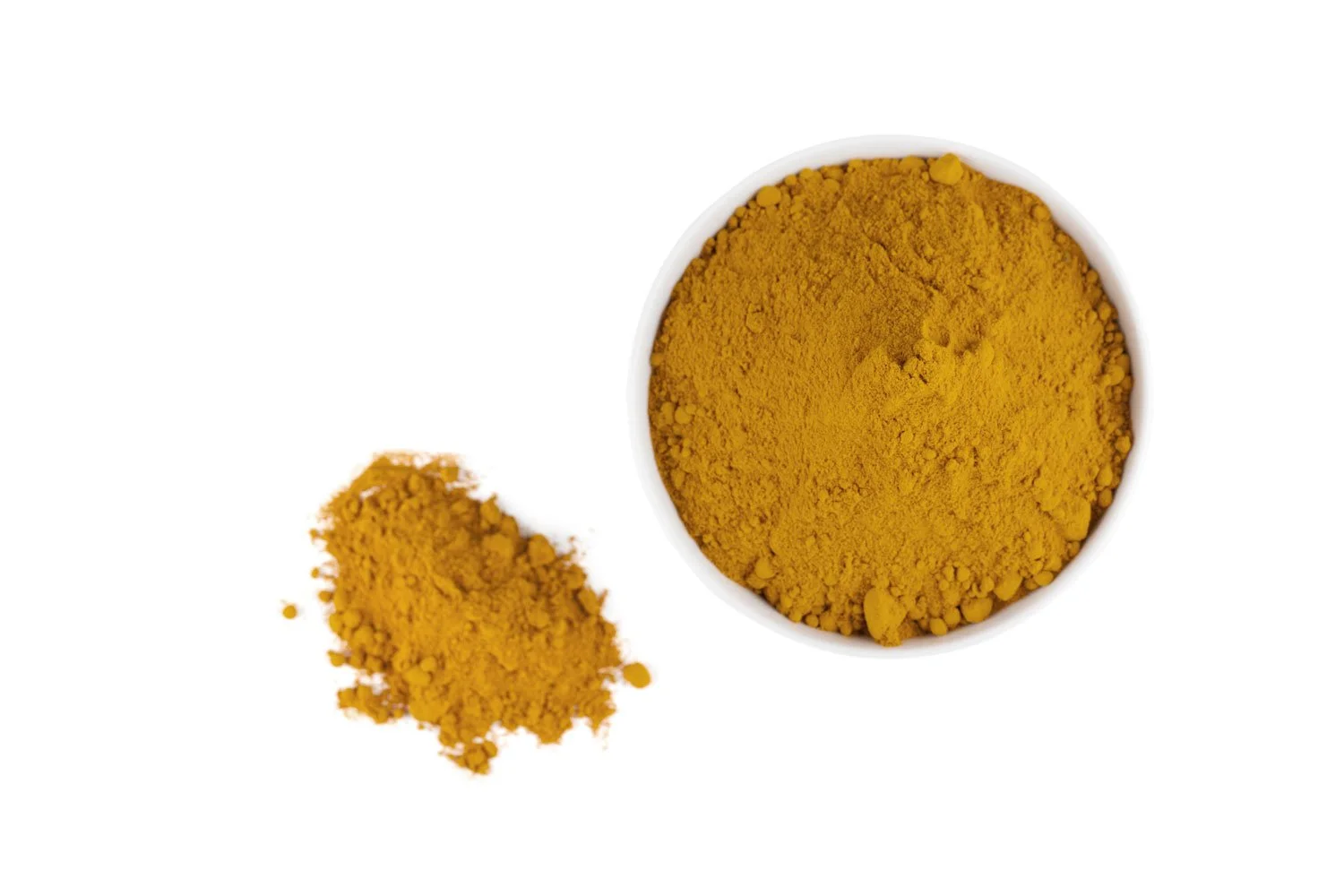Rosehips For Skincare
Lise
Here's an ingredient that has been a staple in my stockroom for years.
Rich in vitamins, these brightly-colored fruits are not only super healthy to eat (and make a delicious jam), but also have loads to offer with topical use.
Where They Grow
Rose-hips are native to Europe and parts of Asia. In Scandinavia, they grow wild along beaches, forests, and fields, dotting the landscape with their brightly colored flowers in summer and even more brightly colored hips throughout the Fall and Winter months.
The fruits are able to withstand the harsh Nordic elements and will not only remain on the branches long after the leaves have fallen, they will also retain their vitamin content and most of their beneficial properties.
Species
There are 2 equally popular (and useful) species of rose-hips - each with numerous synonyms:
Rosa rubiginosa is also known as Sweetbriar, Briar Rose, Rosa Mosqueta, or Apple Rose
Rosa canina is also known as Dog Rose or Dogwood Rose.
Both contain similar amounts of vitamins but rosa canina has a slightly higher fatty acid content.
Oils From the Seeds
Apart from 2 species (and therefore 2 seed oils), there are also 2 kinds of rose-hips oil used for skincare. They differ somewhat in their properties which can create some confusion.
The golden-orange seed oil is produced by pressing the seeds from inside the hips. Both Rosa rubiginosa and Rosa canina are used to produce seed oils. The Rosa rubignosa oil is especially favoured for its content of trans-retinoid acid (a natural vitamin A derivative).
It is not an inexpensive oil.
The cold-pressed (Rosa rubiginosa) seed oil has been a favourite of mine for years and has found its way into numerous products: from face oil blends to emulsions (added at the cool down phase as this is a heat sensitive oil).
With about 40-45% linoleic acid (omega-6) and a healthy portion (about 10-15%) of oleic acid (omega 3), it also contains natural content of vitamin E as well as squalene.
Rose-hips oil is categorized as a dry oil, melting into the skin quickly with no greasy feel. The scent is quite unobtrusive and works well in any facial oil blend - my personal favourite use of it.
The only real downside is the oxidation potential: it has a pretty short shelf life. This can be optimized (but not extended) if the oil is handled properly (not added to heated phase of emulsions) and stored cool and dark.
You will find rose-hips oil widely available from health food stores to cosmetic ingredient suppliers and I have used both food grade as well as cosmetic grade in my formulations.
Below: rose-hips seed oil from a cosmetic ingredient supplier.
The Oil That is Not from the Seeds
The other kind of rose-hips oil is an infused oil. Many folks looking to find a less pricey solution to the seed oil have taken to making their own infused rose-hips oil by placing the dried fruits into a carrier oil to infuse for a period of time and then straining out the fruits.
While this makes a lovely oil that can be used for cosmetics, an infused oil does not contain the same properties as oil pressed from the seeds. Check Vivienne Campbell of the Herbal Hub’s 5 minute film explaining the main difference between these oils right here
Powdered Rose Hips
Apart from oils, there is also rose-hips in powdered form. This ingredient has made its way into several of my fave go-to products: cleansing powders, masks, and exfoliating scrubs. The scent of the powder is subtle and faintly fruity which I find quite pleasant.
In my experience, powdered rose-hips has a slight graininess to it, making it ideal for gentle exfoliation. I have yet to source this powder where I am living now in Portugal, so I am looking forward to seeing if I have the same 'graininess' experience when I find a new supplier.
If you're wondering how it is even possible to make a powdered version of rose-hips while retaining the C vitamin content, you are not entirely off track. The production process destroys a lot of the vitamin in the fruits which makes it impossible to label the powder accurately for vitamin content.
When I bought rose-hips powder in Denmark, the packet would always have a detailed explanation of why they were unable to state even an estimated amount of vitamin C content and comply with labelling laws at the same time. In short, the vitamin C content of the powder appears to be anybody’s guess.
Happily, I use the because I like the gentle exfoliating graininess (and any vitamin C it may contain is just an added bonus)
Do Tell
Do you use rose hips in your skincare? Please share how and in which products in a comment below.
More About Rose-hips
PubMed: Study Indicating rose-hips helps reduce pain LINK
Another PubMed study on rose-hips powder for pain management LINK
Bioactive ingredients of rosa canina LINK
Chemical components of rosa rubiginosa (Chrome extension pdf document) LINK
Therapeutic aspects of rose-hips from different rosa species LINK
Rosa rubiginosa (Plants for a Future) LINK
Rosa Canina (Plants for a Future) LINK





